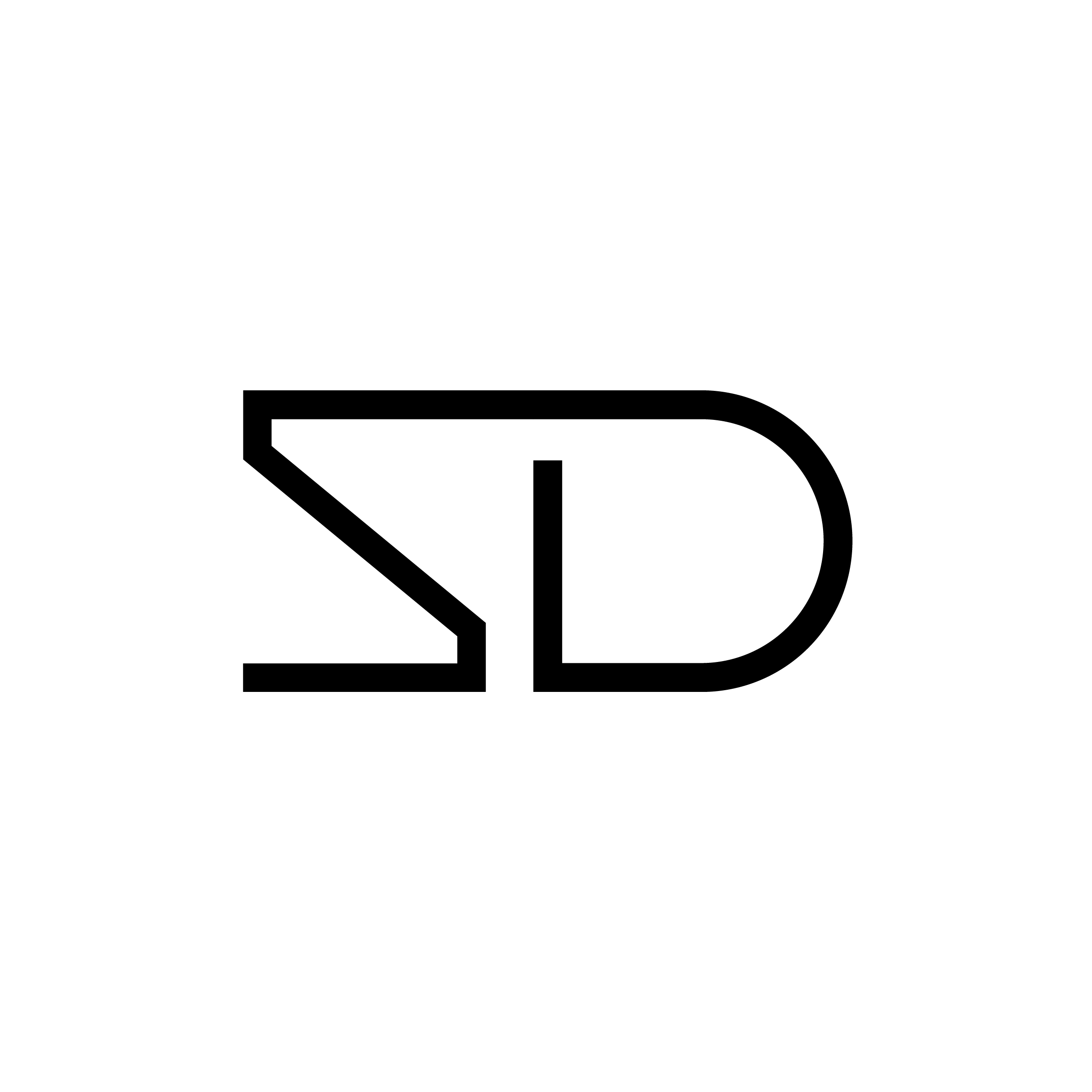How technology can help tackle the sizing issue
The issue of sizing in the fashion industry is not a new theme and yet it has not been addressed with due attention. Consumers have always complained about not being able to find their sizes in stores, or being shamed by inaccurate sizes. Although online shopping was meant to solve this issue by offering free returns, it doesn't seem to be succeeding either. Brands selling the same clothes online are still making the same mistakes, and people are returning their clothes like never before, causing more pollution from the transport industry to our environment. In the US alone, the average rate of returns for online purchases was 20.8% in 2021, a 15% increase from 2020.
Size-related returns are a significant problem for e-tailers, especially for fast fashion brands, where low prices incentivise customers to buy without much initial thought. Such is the scale of the problem that some UK e-tailers, such as ASOS, have threatened to blacklist serial returners for perceived abuse. Others have taken to removing a return slip that previously came with packaging, creating hassle since customers now have to print it out themselves. But inconveniencing customers is generally not a good business strategy, so major online retailers are now turning to technology that’s more advanced than the traditional size charts to solve their problem.
The first step towards tackling the sizing issue in the industry is brands starting to recognise and acknowledge how badly body diversity is represented in fashion sizing. By changing sizing standards to make women feel better about themselves, brands can drive them to buy more and better for their body type. Some major online retailers are now turning to technology that’s more advanced than the traditional size charts to solve their problem.

Zalando, for example, took the first steps to combat returns by warning shoppers if a piece tended to be larger or smaller than its label size indicated. This data is derived from feedback of earlier purchasers of the same item, and the introduction of fit models to shape for the new items. This method was accurate but reactive and ended up trimming the size-related return rate by 4% and also led to an improvement in customer satisfaction.
Asos and Foot Locker, on the other hand, use Fit Analytics’s algorithm-driven interface, which asks users for their age, height and weight before prompting them to choose from a series of pictures to determine their body shape. Foot Locker Europe's return rate has decreased by 14% since it started using this software.

However, customers' preference for tightness varies across countries and cultures, as well as individual taste. For this reason, some e-tailer, such as Zalando, are experimenting with AI-driven 3D-scanning of the clothes worn by fit models. Its sizing department’s research and development team is experimenting with 3D avatars that tell customers where an item is likely to be tight or loose.
Although this technology could bring customers closer to the experience of actually trying an item in a fitting room before it reaches their home, brands need to be very careful about valuing the customers’ privacy. The client needs to be able to say with whom, when, where, and how the data gets shared, when it gets deleted and that it's not being collected on servers or being sold afterwards. At the same time, brands would need to ask permission to hold on to that data in order to start making clothing that will better fit our consumers.
In addition, BodyBlock AI, a company launched this year under the aegis of body-scanning firm Fit 3D, is hoping to change this by helping brands integrate 3D sizing into its design processes instead of the purchasing process. The company, using data gathered from the 2,000-plus scanners its parent company has installed in gyms around the world, already counts athletic wear clients like Adidas, Athleta and Rhone. Adding the plus-size clothing is often designed as if hips scale linearly with additional weight when they can actually expand in many different ways. BodyBlock Al has the largest source of 3D body scan data in the world and could be the answer to the industry’s questions.

The fashion industry has always owned the sizing, colours and fabrics systems and it is difficult for these companies to realise how much impact that has on our own bodies, our sizes and our ideas. The industry is finally faced with an opportunity to change, empowered by digital fashion with the consumer acting as co-creator.
(information sourced on voguebusiness.com and fashionunited.uk)
(Featured photo and Photo 1 sourced on Canva.com)
(Photo 2 by Nike App)
(Photo 3 by BodyBlockAl 3D body scans)

